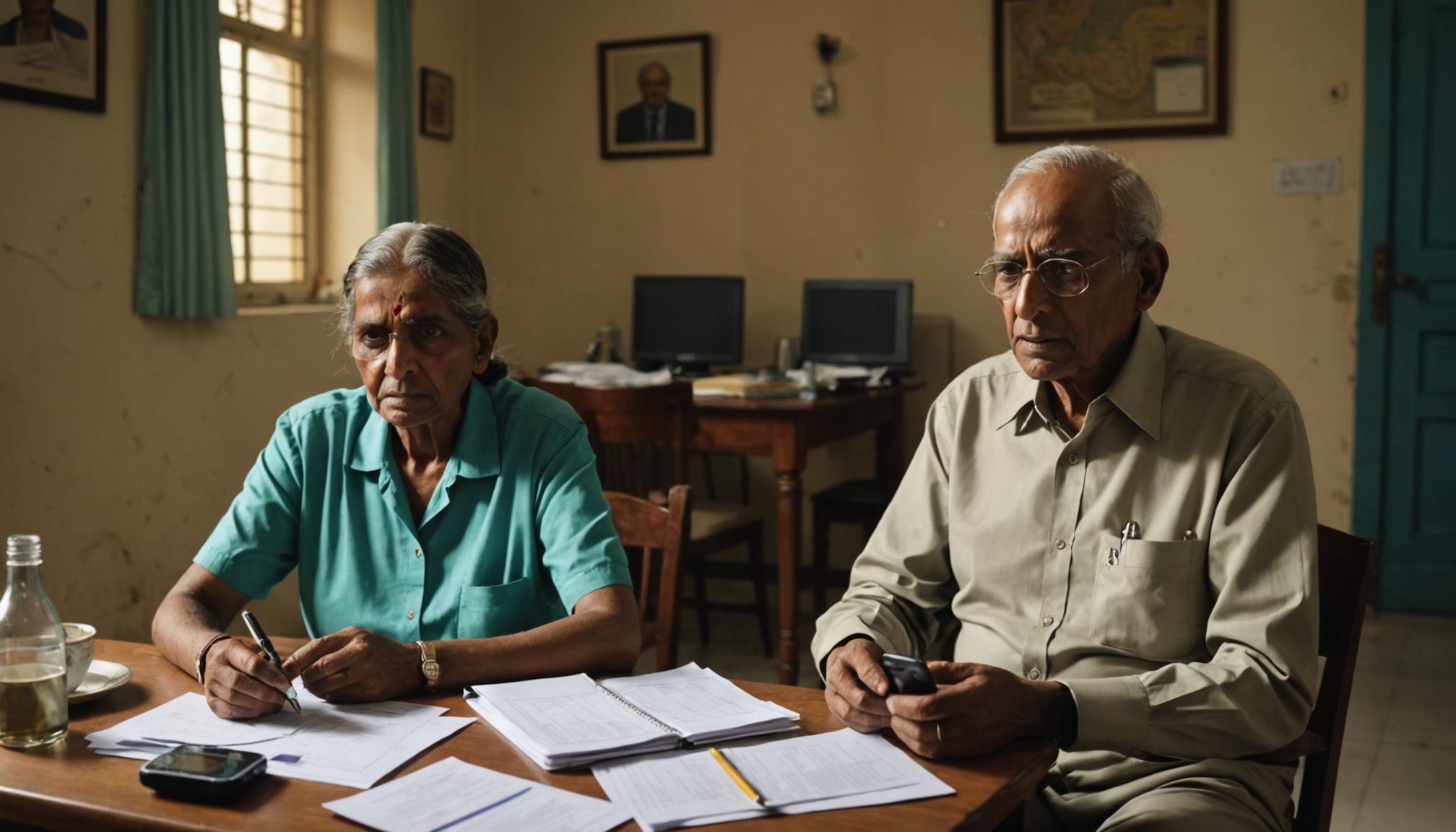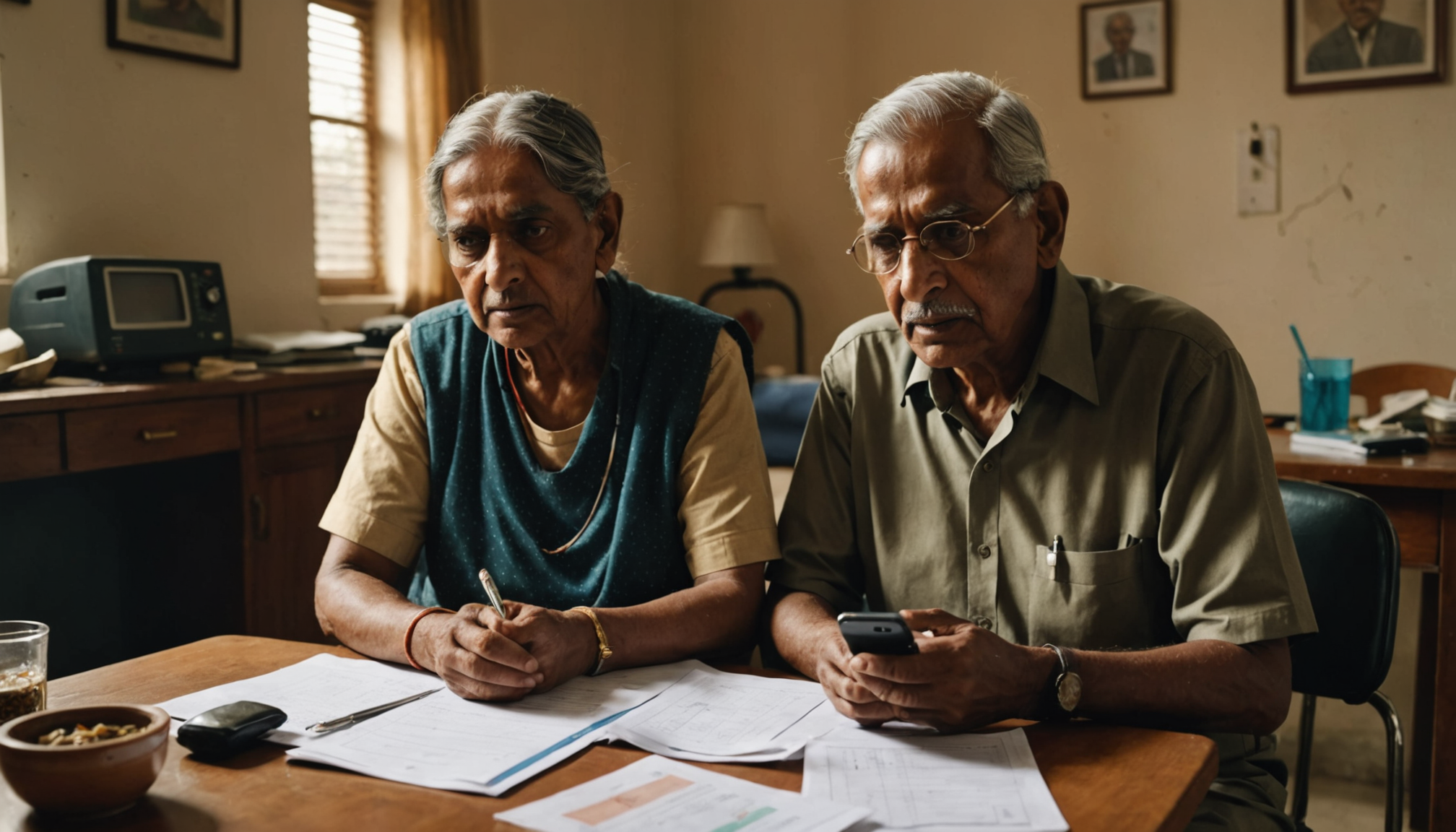In India, the situation of elderly people is alarming, with almost 153 million seniors suffering from a lack of adequate care. Between the high costs health care, digital divide which prevents access to essential services, and often inadequate public policies, the crisis in elderly care is emerging as a major challenge. The issues are increasing, raising crucial questions about the future of this vulnerable segment of the population which deserves sustained attention and innovative solutions.
There aged care crisis in India seriously affects a population of 153 million seniors. THE health costs High rates impose a considerable financial burden, making access to care increasingly difficult. At the same time, the digital divide isolates many seniors, limiting their ability to access essential information about their health and available services. In addition, the gaps in public policies exacerbate this crisis, as they struggle to meet the diverse needs of this vulnerable age group, leaving millions without the support needed to age well.

India’s aged care crisis
The panorama of elderly care in India is marked by a growing crisis which affects more than 153 million seniors. At the heart of this problem, health costs and the inaccessibility of care exacerbate the vulnerability of this population. Ever-increasing medical expenses make treatment and health services inaccessible for large numbers of older people. As a result, diseases that could be managed are often neglected, leading to serious complications.
The challenges of the digital divide
At the same time, the digital divide constitutes a real obstacle to access to care. Around 15% of older adults in India have not used the internet in recent months, a situation that further complicates their access to essential health information. The lack of digital skills prevents many seniors from navigating a world where the majority of services are moving online, making responsive care more difficult to obtain. This creates a considerable gap in care opportunities, thus amplifying the feeling of isolation and abandonment.
Gaps in public policies
Gaps existing within health policies also impact this fragile population. Government initiatives do not sufficiently take into account the specific needs of seniors, often neglecting aspects of mental health, chronic illnesses, and palliative care. This insufficiency results in incomplete care and health inequalities marked. Recent reforms have failed to provide adequate responses to this growing crisis which requires immediate attention.
Critical Challenges of Aged Care in India
India’s aged care crisis poses a major challenge for a country that is home to more than 153 million seniors. Faced with an aging population, health costs continue to increase, making access to medical treatment increasingly difficult for many seniors, particularly those from disadvantaged backgrounds. Health-related expenses can quickly plunge a family into precarious financial situations, leaving older adults in situations of extreme vulnerability.
At the same time, the digital divide adds another layer of complexity. More than 15% of elderly people in India face difficulties with digital technologies, a situation exacerbated by low levels of education and limited access to the Internet. This disconnect reinforces the isolation of seniors and hinders their ability to access vital services, participate in medical consultations, or benefit from resources available online. Modern technologies, which could improve their living conditions, are becoming inaccessible to these already vulnerable populations.
THE policy gaps public authorities further accentuate these problems. Although efforts are being made to address the needs of older people, there is a distinct lack of systematic and inclusive approaches. Current policies often tend to ignore the specific needs of seniors, both in terms of physical health and mental health. Too often, political decisions neglect to integrate solutions that truly meet the complex and varied requirements of this age group.
It is imperative that India reform and strengthen its healthcare systems while taking these different issues into account. A comprehensive approach is essential to ensure a future where older people can benefit from adequate care, digital support, and robust policy protection.








